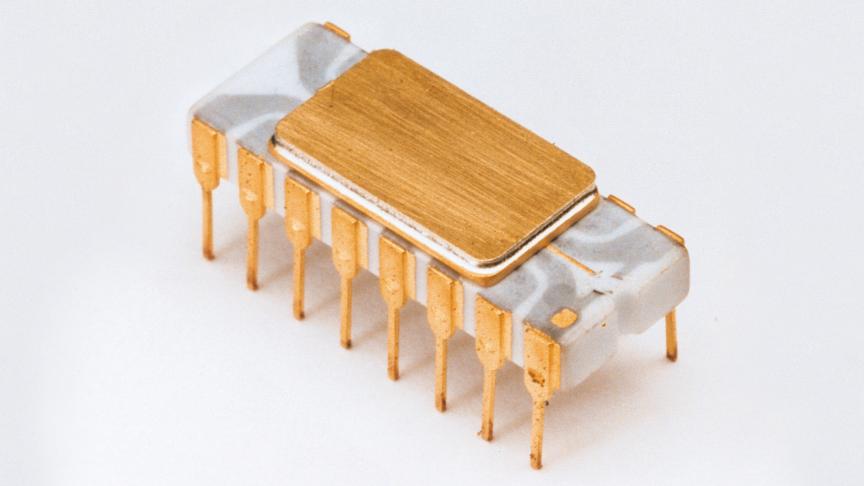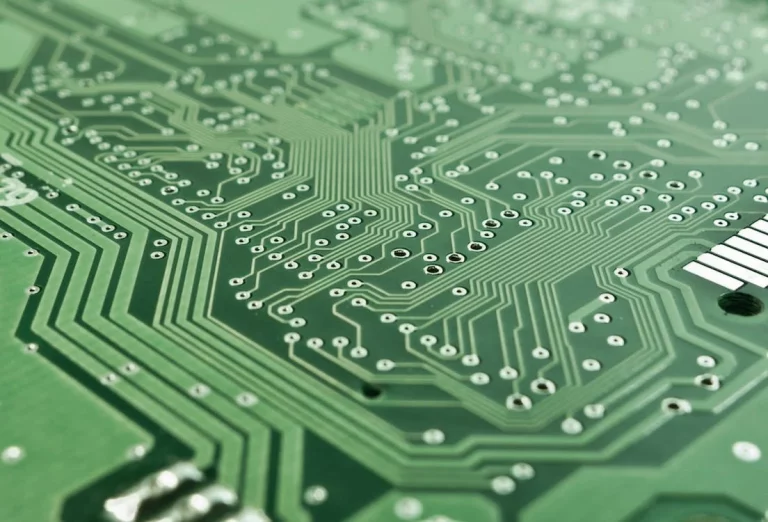About
Intel Corporation is an American multinational corporation and technology company headquartered in Santa Clara, California. It is the world’s largest semiconductor chip manufacturer by revenue and is one of the developers of the x86 series of instruction sets, the instruction sets found in most personal computers (PCs).
What led to the invention of Microprocessors?
In 1969, Business Computer Corporation (aka Busicom Corp) approached Intel about designing a set of integrated circuits for its engineering prototype calculator, the Busicom 141-PF.
Busicom was working as an OEM supplying calculators to domestic and foreign companies. At that time, the hardware had to be designed individually according to the client’s detailed specifications.
Busicom’s engineers had come up with a design that required 12 ICs and asked Intel. It was founded a year earlier in 1968 for the purpose of making solid-state random-access memory (RAM), to finalize and manufacture its calculator engine.
The design proposed by Busicom used twelve different chips, each to control a different process. Ted Hoff, the Intel engineer assigned to evaluate the project, believed the Busicom design could be simplified by using dynamic RAM storage for data, rather than shift register memory, and a more traditional general-purpose CPU architecture. Hoff came up with a four–chip architectural proposal: a ROM chip for storing the programs, a dynamic RAM chip for storing data, a simple I/O device, and a 4-bit central processing unit (CPU). Although not a chip designer, he felt the CPU could be integrated into a single chip, but as he lacked the technical know-how the idea remained just a wish for the time being.
Computer on a chip:
Little did he know, very soon his idea would result in the first microprocessor, a “computer-on-a-chip”.
In April 1970, Intel hired Italian-born engineer Federico Faggin as project leader, a move that ultimately made the single-chip CPU final design a reality. Federico Faggin led the design team on the newly commissioned project and developed the use of silicon in constructing the chip. The team also consisted of Ted Hoff and Stanley Mazor, a new Intel employee who wrote the software for the chip.
The resultant chip had processing capabilities equivalent to that of the first electronic computer, ENIAC. To give an estimate about the size, ENIAC used 18,000 vacuum tubes which were so large, that they filled an entire room. In comparison, the computer on the chip was just 1/8 inch wide and 1/6 inch long.
Busicom’s 141-PF was the first electronic calculator to load the first commercial microprocessor, the Intel 4004.

Source – Intel
In the meanwhile, Intel also realized the potential of the powerful new invention. Intel bought back the design and marketing rights to the chip from Busicom for $60,000. And dubbed it the Intel 4004, which it formally announced in November of 1971. Hoff, Faggin, and Mazor continued to perfect their microprocessor and were involved in its second and third versions, the Intel 8008 and Intel 8080. In 1980, Hoff became the first Intel Fellow, the company’s highest technical position. Further, in 1996, he was inducted into the National Inventors Hall of Fame for his invention of the microprocessor concept and architecture.
Results:
Intel 4004 would not have been a reality, if not for the idea by Ted Hoff and the implementation by Federico Faggin’s team. An idea has to go through the complete cycle of ideation, filtration, evaluation, and implementation to take the shape of a feature/product. And as crucial as the end product is, so is the idea behind it.
Did you know there are hundreds of such million-dollar product ideas running in the minds of your employees? You can get your hands on them by quickly capturing them. Do you have the right channels for idea capture? If not, get your hands on one now.



